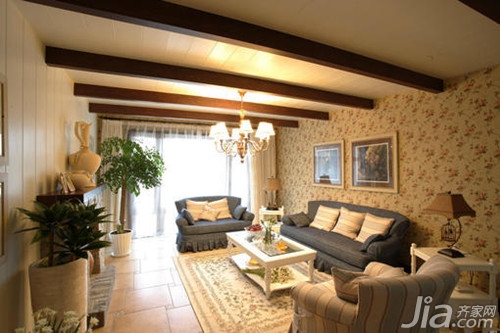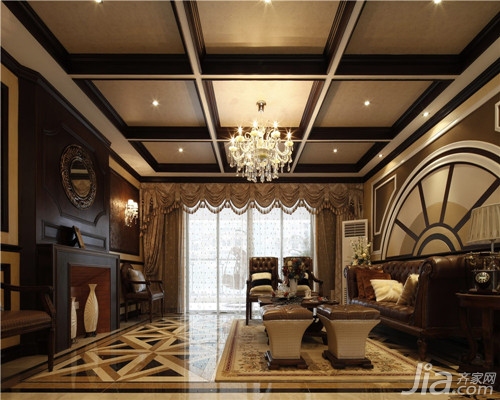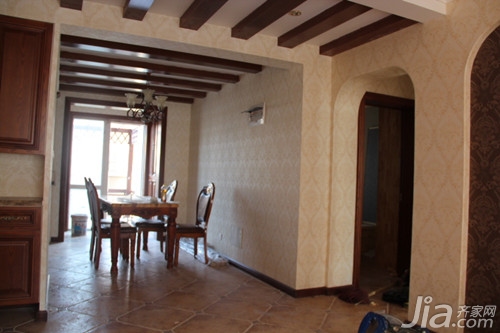AIA ceiling materials are divided into keel, mineral wool board, calcium silicate board, PVC board, aluminum buckle board, etc. Today, we talk about wood keel natural wood and its properties. Natural wood is made from trees. It can be divided into coniferous wood and broad-leaved wood according to its species. There are three types of wood used in construction, namely, logs, plates and square materials.

(1) Classification of wood
Natural wood is made from trees, which can be divided into coniferous and broad-leaved trees according to tree species. There are three types of wood used in construction, namely, logs, plates and squares. Logs are woods that are sawn and cut to length after pruning and peeling; plates are woods that are three times or more thicker than the thickness, and woods are woods that are less than three times the thickness.

(2) Basic properties of wood
1) Density: The mass per unit volume of wood in the absence of voids is called wood density, which is the density of wood cell wall material. The wood density of different tree species is not much different. The average is about 1.55g/cm3.
2) Apparent Density: The mass per unit volume of wood is called apparent density. The apparent density of wood is different for different tree species. The average apparent density of wood used for air is 500 kg/m3.
3) Moisture content and hygroscopicity: The percentage of the ratio of the mass of moisture in wood to the mass of wood is called the moisture content or the moisture content. Moisture content is an important physical property of wood, and its size will affect other physical properties of wood, as well as mechanical properties and durability. The moisture content of wood is divided into the equilibrium moisture content, fiber saturation point moisture content, absolute moisture content, relative moisture content, and standard moisture content. Balance the moisture content. The moisture content when the moisture in the wood and the relative humidity of the fixed air are balanced with each other is called the equilibrium moisture content, which is the lowest moisture content that can be achieved when the wood is air-dried. The value varies with the climate change in different regions.

The wood should be dried (air-dry or dry) to this moisture content before use. Fiber saturation point. The moisture in wood consists of two parts: one is free water that exists in the cell cavity and the other is in the cell wall of adsorbed water. Free water has little effect on wood properties, while adsorbed water is the main factor affecting wood properties.
During the drying process of the wood, free water is evaporated, and the water content in the cell wall when the adsorbed water is still saturated is called fiber saturation point. When the wood moisture content is greater than the fiber saturation point, the water content in the cell cavity is independent of the cell wall and has little effect on the strength. When it is less than the saturation point of the fiber, its strength will increase with the decrease of the moisture content. The reason is that the moisture is reduced, the cell wall material is dried and dense, and the strength is improved. On the contrary, the cell wall material softens, expands and loosens, and the strength decreases. Below the fiber saturation point, the wood will swell and shrink. That is, when it is dried to below the fiber saturation point, the adsorbed water in the cell wall begins to evaporate, and the wood shrinks. Conversely, when the wood absorbs moisture, the adsorbed water increases and volume expansion occurs.
4) Strength: The strength of wood has compressive, tensile, shear, and bending strengths, among which the compression, tensile, and shear strength are divided by the straight grain and the horizontal grain. The joist (concrete) is made of wood or Larger sizes of square wood processed square or rectangular cross section. The timber skeleton material must be dry, non-distorted red and white pine species, and fire prevention treatment according to design requirements. Wooden keel specifications should be determined according to design requirements.

Information on AIA Pendant was introduced here for everyone, and I hope this article will help you. If you still have something that you don't understand, you can leave a message for Xiaobian at the bottom. We will answer you as soon as possible.
Integrated ceiling Bluemite integrated ceiling how
Integrated ceiling 2014 living room ceiling decoration prices
Why should Bonbon ceilings be suspended?
Integrated ceiling selection Rongsheng integrated ceiling price
Suspended ceiling design AIA Integrated ceiling AIA Integrated ceiling Price Ceiling Price Decoration Living room
R410A is an HFC blend designed for new R22 applications. It operates at higher pressures than many other refrigerants, and so cannot be used to retrofit R22 systems. Systems designed for R410A can take advantage of its ability to use smaller components, making it a key refrigerant for domestic and light air conditioning equipment. R410A's low glide also makes it suitable for some centrifugal compressors, and it can operate in low temperature applications.
High Quality R410A Gas,R410A Refrigerant,Blend Refrigerant Gas R410A,Mixed Refrigerant Gas R410A
ZHEJIANG ZHONGLAN REFRIGERATION TECHNOLOGY CO.,LTD , https://www.uiszl.com